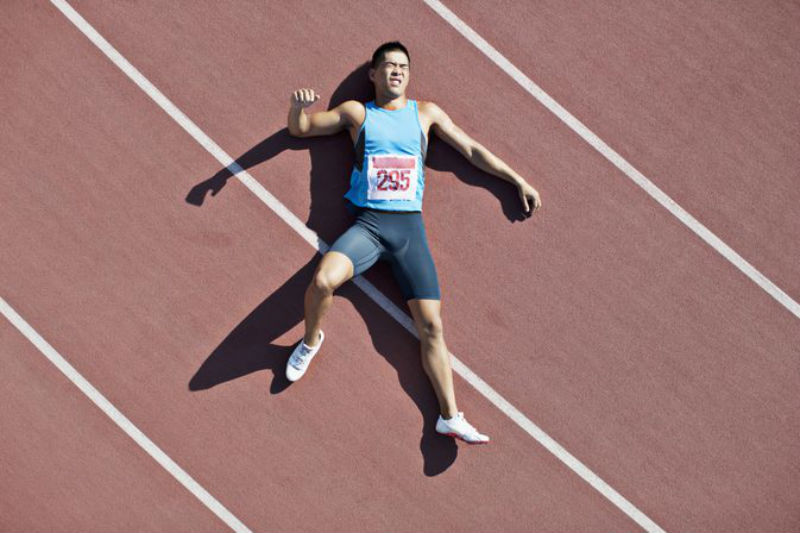
Proper sports hernia diagnosis is the first step in treating and curing the debilitating groin, abdominal, and upper-thigh pain commonly associated with the injury. Because of the complexity of the muscles and tissues in your hip region, narrowing down the true cause can be very difficult if you don’t know the proper steps.
Get the ULTIMATE Sports Hernia Master Guide with 30+ included resources, an in-depth rehabilitation program, tips, tricks, and more! Successfully diagnose, treat, and cure your sports hernia with this complete master guide created by a sports hernia specialist. Note that it is still highly recommended to read this article in full to understand how to get the most out of the guide to treat and cure your sports hernia or groin pain.
Even most general physicians have trouble diagnosing the injury. There are several reasons for this, but the biggest one is simply time—the medical community only truly began to research the injury starting in the early 1980s. It wasn’t until the mid-2000s that the first reports were being published in review journals.
But thanks to modern medicine, in just that short amount of time specialists have come a long way to determine the specific symptoms that are unique to this problem—as well as the proper treatment that will yield lifelong pain relief.
But there is one point we need to make very clear.
Find a specialist who is trained at sports hernia diagnosis and knows how to treat this specific injury.
If you go to a traditional, general physician, it is likely that you will receive the wrong advice. This is a big issue when it comes to recovery; studies on non-surgical interventions show that narrowing down the injury quickly to begin rehab immediately may be the biggest factor in sports hernia recovery without surgery.
They will be able to conduct an ultrasound to look for and confirm a posterior inguinal wall deficiency. In more layman’s terms, they will be able to determine if there is tearing of your inner abdominal wall.
BUT, luckily there is also a way for you to diagnose yourself from the privacy of your own home without the use of expensive hospital imaging equipment.
Before taking the necessary steps to confirm your injury, first ensure your symptoms match correctly.
Symptoms to Look for in a Proper Sports Hernia Diagnosis
- Pain when tensing the abdominal muscles during day-to-day activities such as rising from bed, sitting down, using the bathroom, or standing for extended periods of time.
- Underlying pain that starts as a dull ache in the morning and gets worse as the day progresses
- Pain that increases significantly with running, jogging, or any sports-related activity
- Pain that is very intense with any lateral movement—moving your body from side to side
- Discomfort that manifests itself in different forms, including dull, sharp, and tender pain
No doubt, the symptoms above will help you to form your own positive diagnosis with almost full certainty. However, this is one additional step that will make it close to 100% accurate.
The “giveaway symptom” for the injury is actually sharp pain that develops around the crown of your pubic bone right where your femurs connect to your hip. It is also located at the heart of your groin—helping to explain the heinous upper-thigh pain felt by many patients.
By using the pubic probe method, you can apply pressure to this spot to determine whether it is the originating source of pain.
Within seconds of completing this self-test you will have a very accurate idea of where you stand and whether you are truly injured or simply experiencing symptoms of a severe groin strain.
As explained above, beginning the 10-week treatment plan is absolutely critical if you expect to recover fully and return to post-injury pain free levels. Many who suffer this problem end up living with pain for the rest of their lives because they failed to take the proper rehabilitation steps.
While you are starting that, it is also recommended you become very well acquainted with the 7 sports hernia treatment exercises for a full recovery aimed at rebuilding your hip and groin region while restoring mobility and flexibility to your entire lower body.
